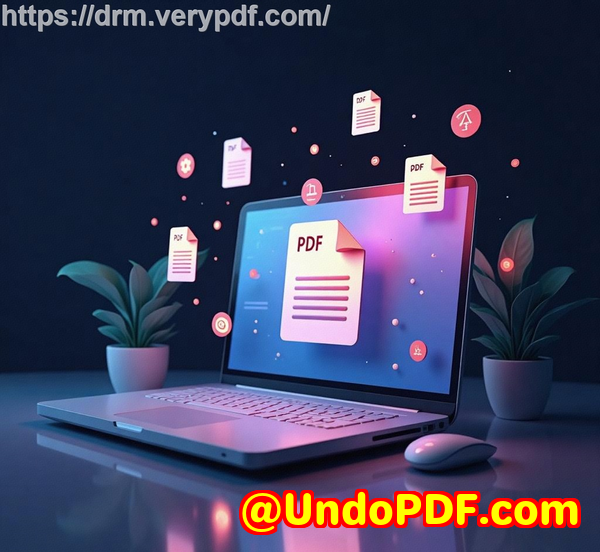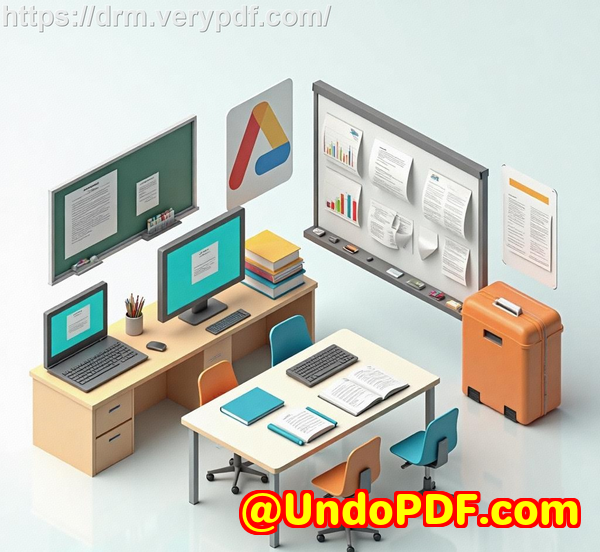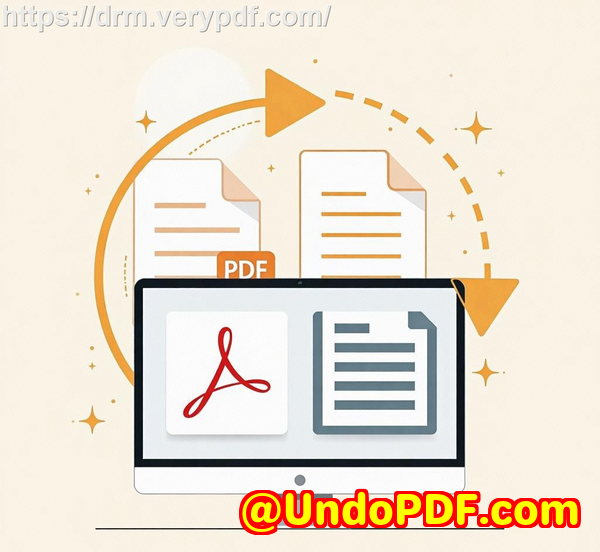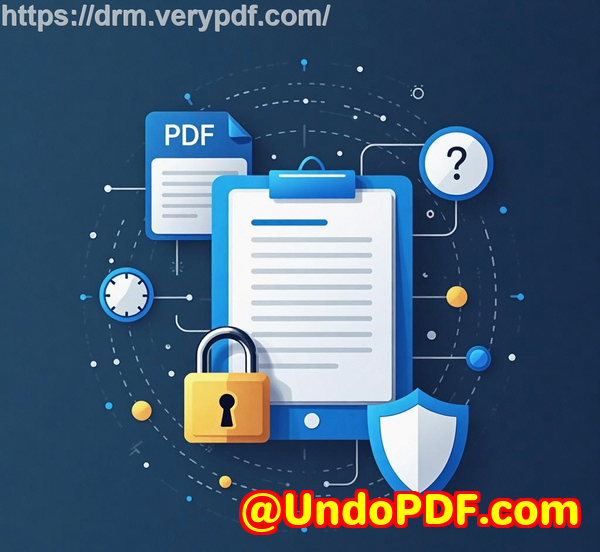Convert PDF Bank Statements to Excel or CSV Online Instantly Without Installing Any Desktop Software for Accounting
Convert PDF Bank Statements to Excel or CSV Online Instantly Without Installing Any Desktop Software for Accounting
Handling bank statements used to be a weekly headache for me. Every month, I’d get piles of PDF statements from multiple accounts, and the idea of manually entering transactions into Excel was soul-crushing. Copy, paste, adjust formulas, double-check numbersit felt like a full-time job on top of my actual accounting tasks. I knew there had to be a better way, but I was wary of tools that required downloads or complicated setups. Then I discovered VeryPDF Table Extractor, and it changed the game entirely.

VeryPDF Table Extractor is a cloud-based tool designed to convert PDF bank statements from thousands of banks worldwide directly into clean Excel, CSV, or JSON formats. No downloads, no software installations, no messy plug-insjust a browser and your files. It’s aimed at accountants, financial analysts, small business owners, and anyone who routinely deals with banking data. The goal is simple: automate the tedious data entry process and save hours every week.
One of the first things that impressed me was how easy it is to use. You just upload your PDF, select your output formatExcel or CSVand click convert. The AI-powered engine handles everything in seconds. For me, the standout feature was batch processing. I could upload 10, 20, even 50 statements at once, and within moments, every file was converted into a structured, easy-to-read Excel spreadsheet. Previously, it would have taken me days to enter that data manually.
Another feature that stood out is the ability to handle password-protected PDFs. Many of my clients send encrypted statements, and with other tools, I’d hit roadblocks or need to decrypt files manually. VeryPDF Table Extractor handles this seamlessly, keeping my workflow smooth. I also loved the support for multiple banks globallyfrom HSBC and Barclays to smaller local banks. The AI recognises each bank’s unique statement layout, which is a lifesaver because it eliminates the need to manually adjust columns or formulas.
Security is always a concern when uploading sensitive financial data. VeryPDF takes this seriously: every connection is 256-bit encrypted, and files are automatically deleted after conversion. Knowing my clients’ bank data was safe made it easy to fully embrace the tool. In practice, this meant I could process confidential statements for clients without worrying about compliance or data leaksa huge relief in a field where trust is paramount.
One particular instance sticks in my mind. I had a client with 12 months of statements from three different banks, all in varying PDF formats. Normally, I’d have spent over a week reconciling and inputting these transactions. With VeryPDF Table Extractor, I uploaded all PDFs, selected Excel as the output, and within minutes, I had a perfectly formatted spreadsheet for each account. I could immediately start my analysis, generate reports, and even feed the data into accounting software. It was not just a time-saver; it reduced errors significantly because I wasn’t typing everything manually.
Comparing it to other tools I’ve used, VeryPDF stands out in three ways. First, speedother converters are slow and often crash when handling multiple files. Second, accuracythe AI consistently recognises transaction tables, dates, amounts, and descriptions correctly. Finally, ease of useyou don’t need technical knowledge, installations, or plugins. Most importantly, it’s web-based, so I can use it on any device, whether desktop, tablet, or even a mobile browser.
The practical applications go beyond monthly bank reconciliations. I’ve used it to:
-
Automate accounts payable by quickly importing vendor statements into Excel for matching against invoices.
-
Process client statements for financial analysis without manually copying tables.
-
Export statements into CSV to feed ERP systems and reconcile accounts automatically.
-
Manage audit preparation by converting historical PDF statements into easy-to-read spreadsheets.
In every scenario, it saved time, reduced mistakes, and made the data far more accessible for reporting and analysis.
I’d highly recommend VeryPDF Table Extractor to anyone who deals with large volumes of PDF bank statements. It takes what used to be a tedious, error-prone task and turns it into a fast, efficient process. You can try it yourself here: https://table.verypdf.com/. Start your free trial now and experience the productivity boostit’s a game-changer for accountants, financial analysts, and business owners alike.
VeryPDF also offers comprehensive custom development services for businesses that need tailored solutions. Whether you require PDF processing on Windows, Linux, or macOS, or need automation utilities built with Python, PHP, C/C++, Java, .NET, or HTML5, VeryPDF can deliver. They create virtual printer drivers for PDF, EMF, and image formats, intercept and save print jobs from Windows printers, and develop solutions involving system-wide or application-specific API hooks.
Beyond PDF handling, VeryPDF supports document formats such as PCL, PRN, Postscript, EPS, and Office documents. They provide OCR for scanned PDFs and TIFFs, barcode recognition and generation, report form generation, image and document management, cloud-based document conversion, and PDF security technologies, including DRM protection and digital signatures.
If you have unique technical requirements or need a custom solution, contact VeryPDF’s support team to discuss your project: https://support.verypdf.com/.
FAQs
1. How does the PDF to Excel conversion work?
Simply upload your PDF bank statement, select Excel or CSV as the output, and click convert. The AI extracts data, cleans it, and delivers an accurate, structured spreadsheet ready to download.
2. Can I convert multiple bank statements at once?
Yes! Batch processing lets you upload and convert multiple PDFs simultaneously, saving time and effort.
3. Is it secure to upload sensitive bank statements?
Absolutely. All connections use 256-bit encryption, and files are automatically deleted after conversion. VeryPDF never stores or shares your financial data.
4. Which banks are supported?
The service supports hundreds of banks worldwide, including Chase, Bank of America, Wells Fargo, Citibank, HSBC, Barclays, and more. Requests for unsupported banks are usually added within two business days.
5. Do I need to install any software?
No installation is required. VeryPDF Table Extractor runs entirely in your web browser on desktop, tablet, or mobile.
Tags or keywords
PDF bank statement to Excel, PDF bank statement to CSV, extract PDF tables, batch convert bank PDFs, AI PDF table extraction, online bank statement converter, financial data automation



